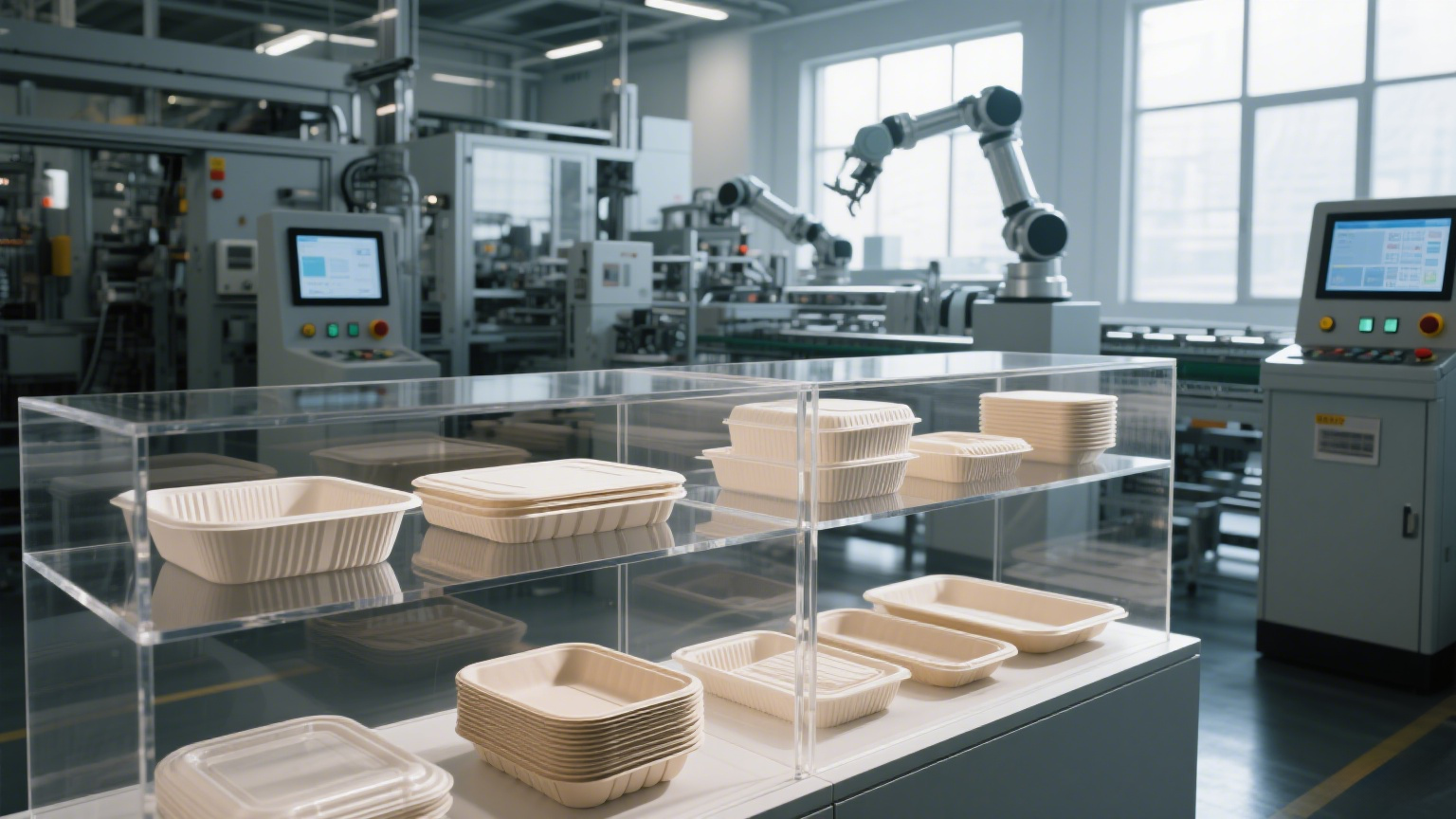Dinnerware Forming Machines: Revolutionizing Tableware Manufacturing
Aug 18,2025
Automated dinnerware forming machines produce plates, bowls, and cups efficiently with consistent quality, handling ceramics, plastics, and eco-friendly materials.
The global demand for high-quality dinnerware continues to grow, driven by rising standards in household, hospitality, and catering industries. To meet this demand, dinnerware forming machines have become indispensable in modern manufacturing, offering efficiency, precision, and versatility. These machines are designed to automate the production of plates, bowls, cups, and other tableware, reducing manual labor while ensuring consistent quality.
Dinnerware forming machines employ advanced technologies such as hydraulic pressing, vacuum forming, and injection molding to shape raw materials into finished products. They are capable of handling a wide range of materials, including ceramics, porcelain, plastics, and biodegradable composites. The flexibility of these machines allows manufacturers to produce tableware in various sizes, shapes, and designs, accommodating both standard and customized orders.
One of the key advantages of modern dinnerware forming machines is their integration with computer numerical control (CNC) systems. CNC technology allows precise control over shaping, thickness, and pattern details, resulting in uniform products with minimal defects. Additionally, automated trimming, polishing, and surface finishing processes can be incorporated into the production line, further enhancing product quality and reducing production time.

Efficiency and sustainability are important considerations in contemporary dinnerware manufacturing. High-speed forming machines reduce energy consumption and minimize material waste. Many machines are compatible with recycled or eco-friendly materials, supporting green manufacturing initiatives. Furthermore, real-time monitoring systems ensure quality control throughout the production process, identifying defects and maintaining consistent standards.
The adoption of dinnerware forming machines brings multiple benefits to manufacturers. Production capacity increases significantly, labor costs decrease, and manufacturers gain the flexibility to innovate with new designs or respond to market trends quickly. As consumer expectations evolve, machines capable of producing intricately patterned or ergonomically designed tableware have become a competitive advantage in the global market.
In conclusion, dinnerware forming machines represent a perfect blend of automation, precision, and sustainability. They empower manufacturers to meet the growing global demand for high-quality, diverse, and environmentally responsible tableware, ensuring that production processes are efficient, reliable, and adaptable to future technological advancements.
PREV:






